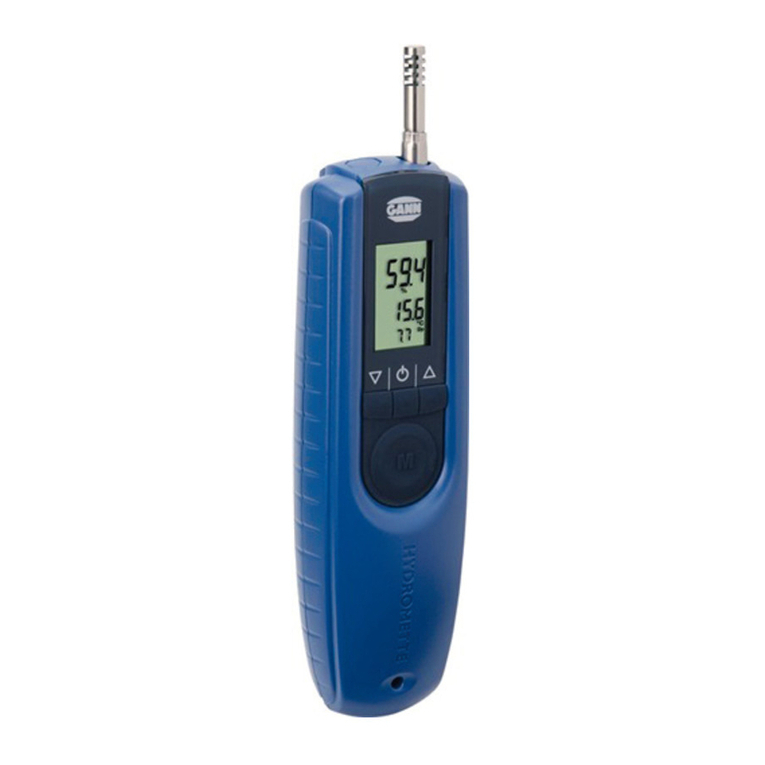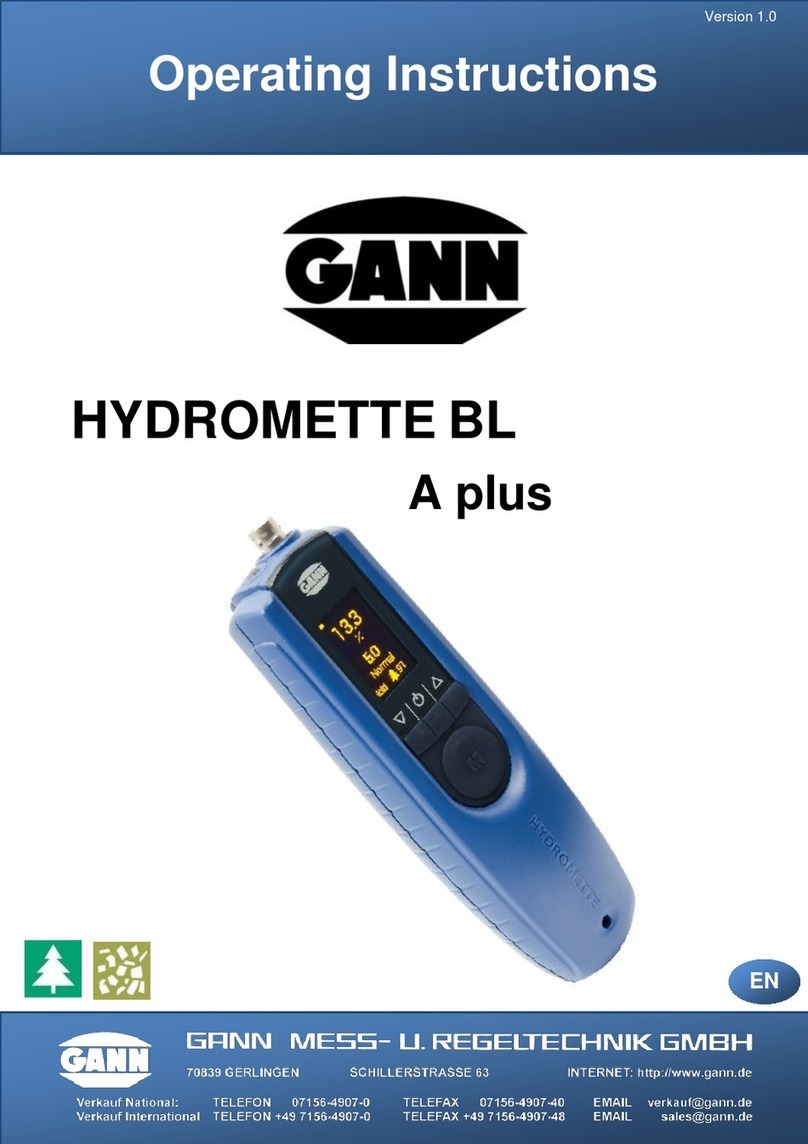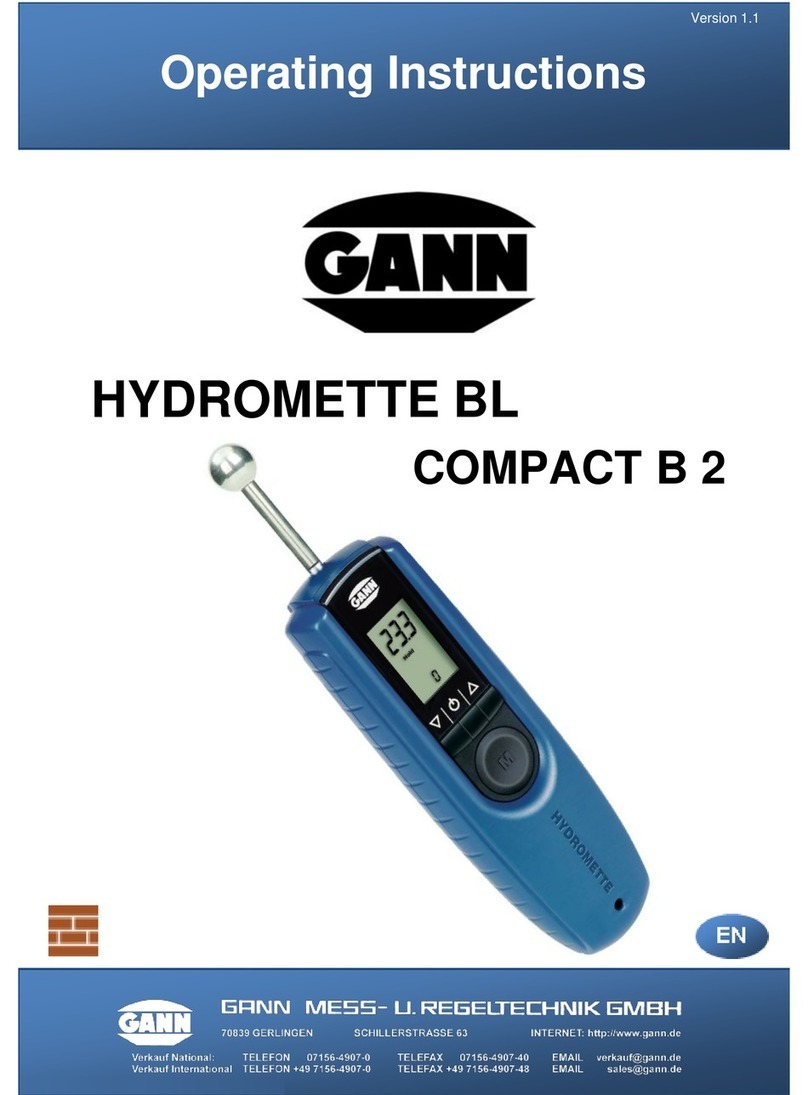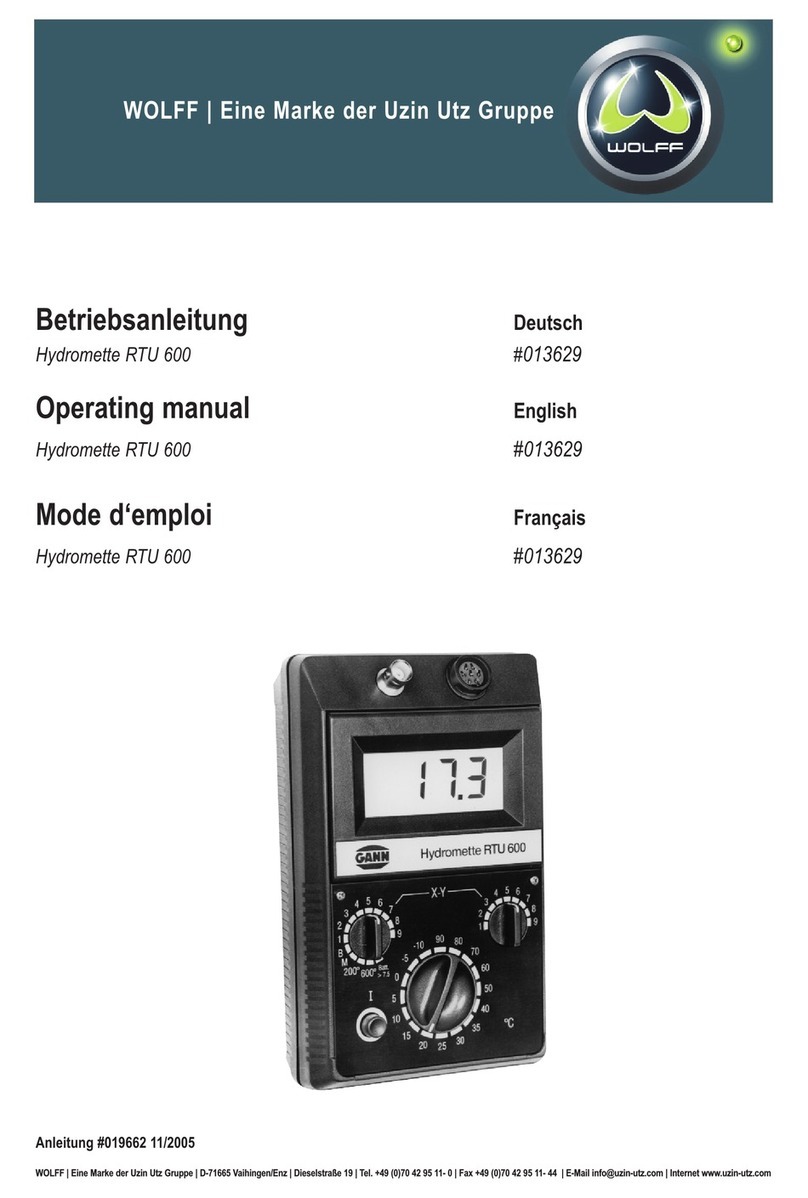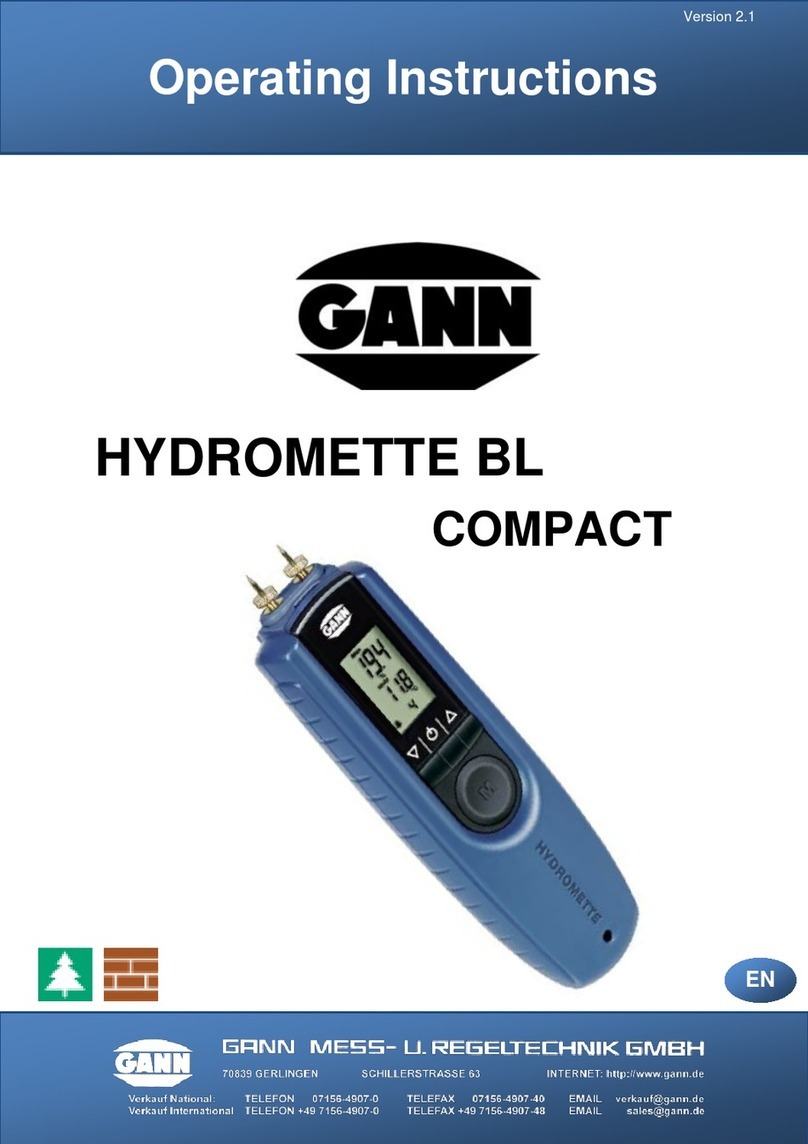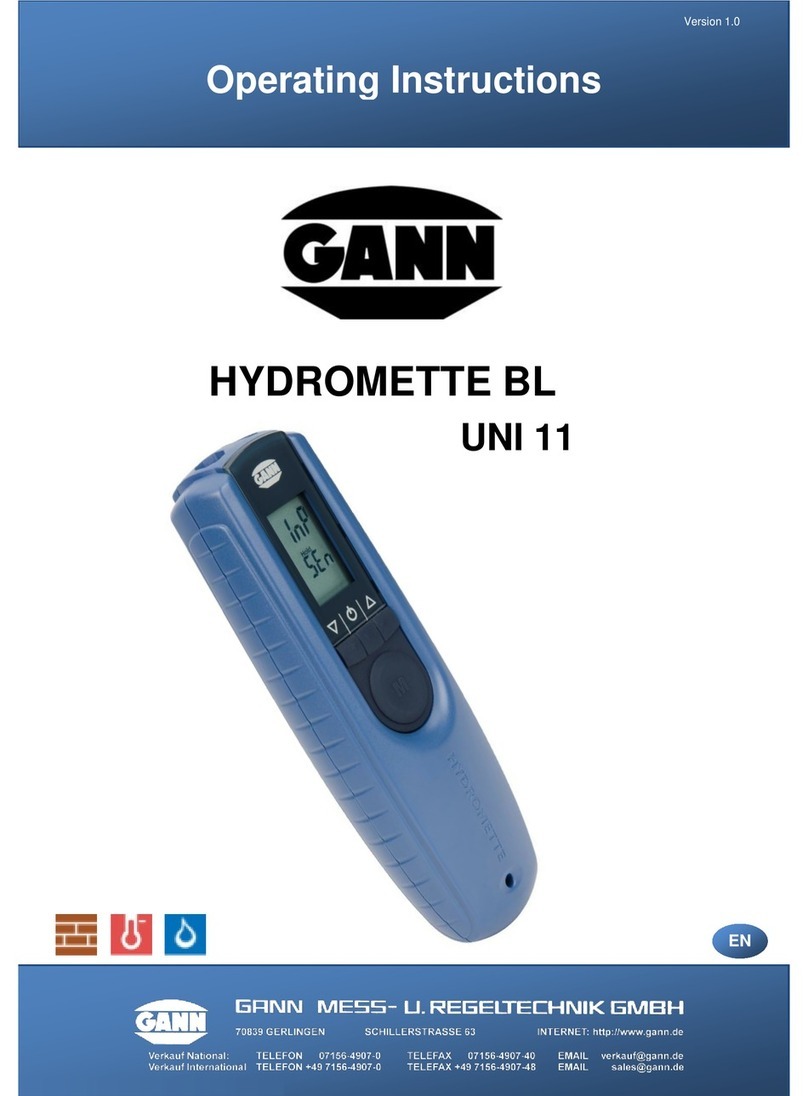GANN HYDROMETTE HB 30 User manual
Other GANN Measuring Instrument manuals
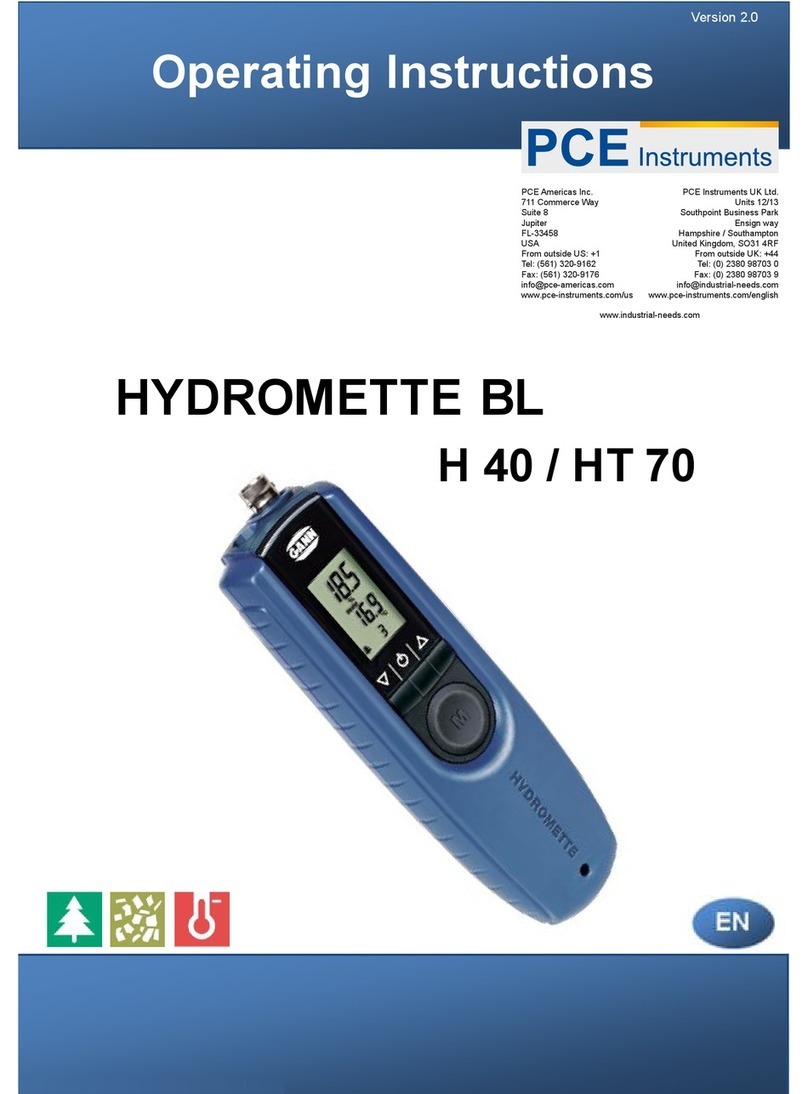
GANN
GANN Hydromette BL H 40 User manual
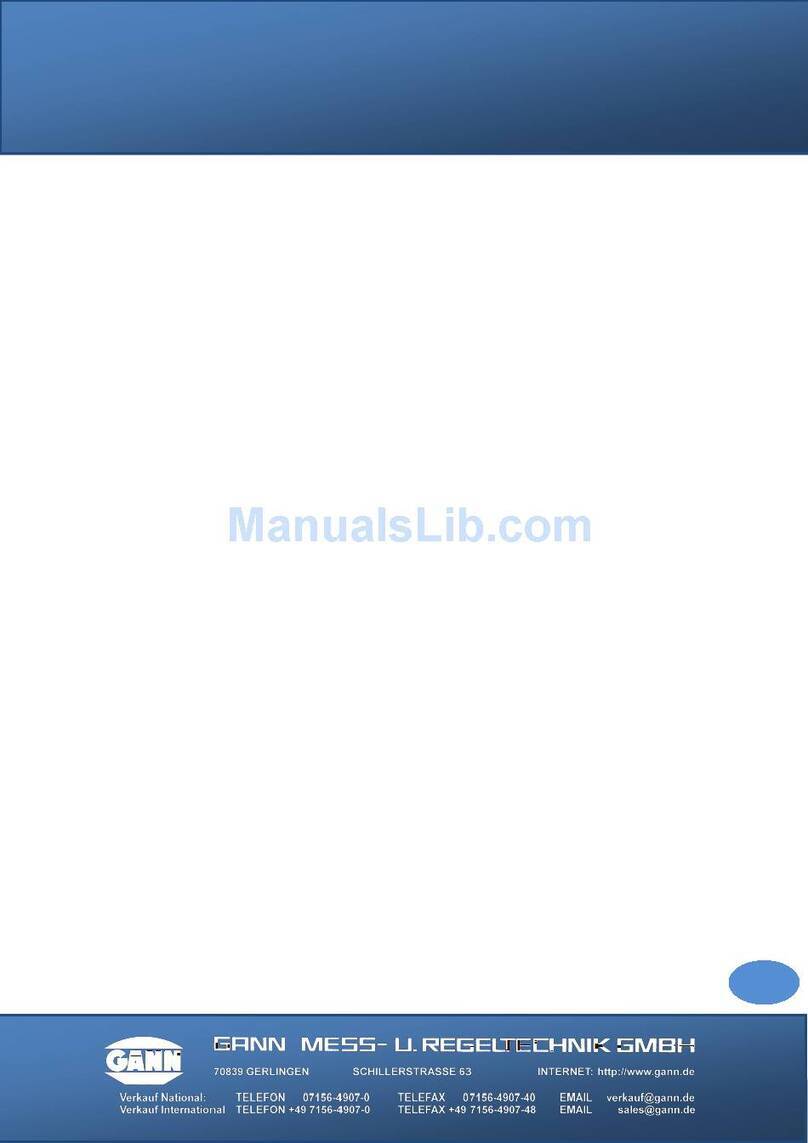
GANN
GANN HYDROMETTE BL User manual
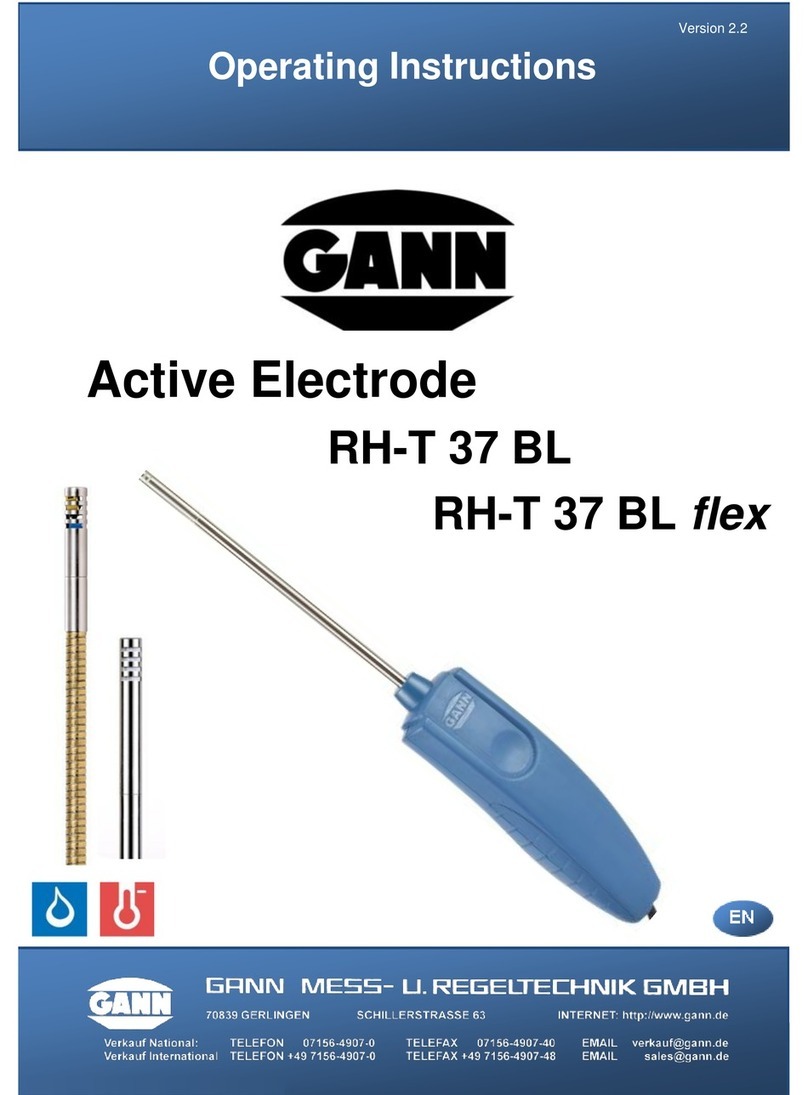
GANN
GANN RH-T 37 BL flex User manual
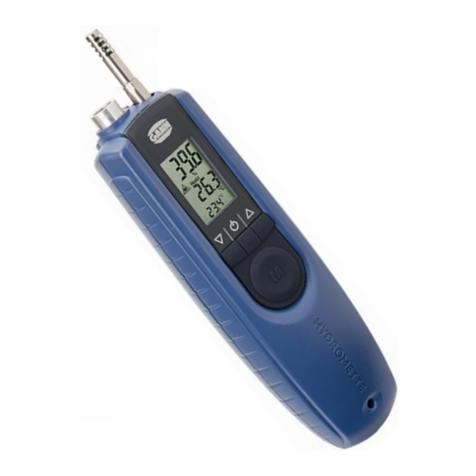
GANN
GANN HYDROMETTE BL Compact TF-IR 2 User manual

GANN
GANN HYDROMETTE CH 17 User manual

GANN
GANN HYDROMETTE BL Compact TF-IR 2 User manual

GANN
GANN M 4050 User manual
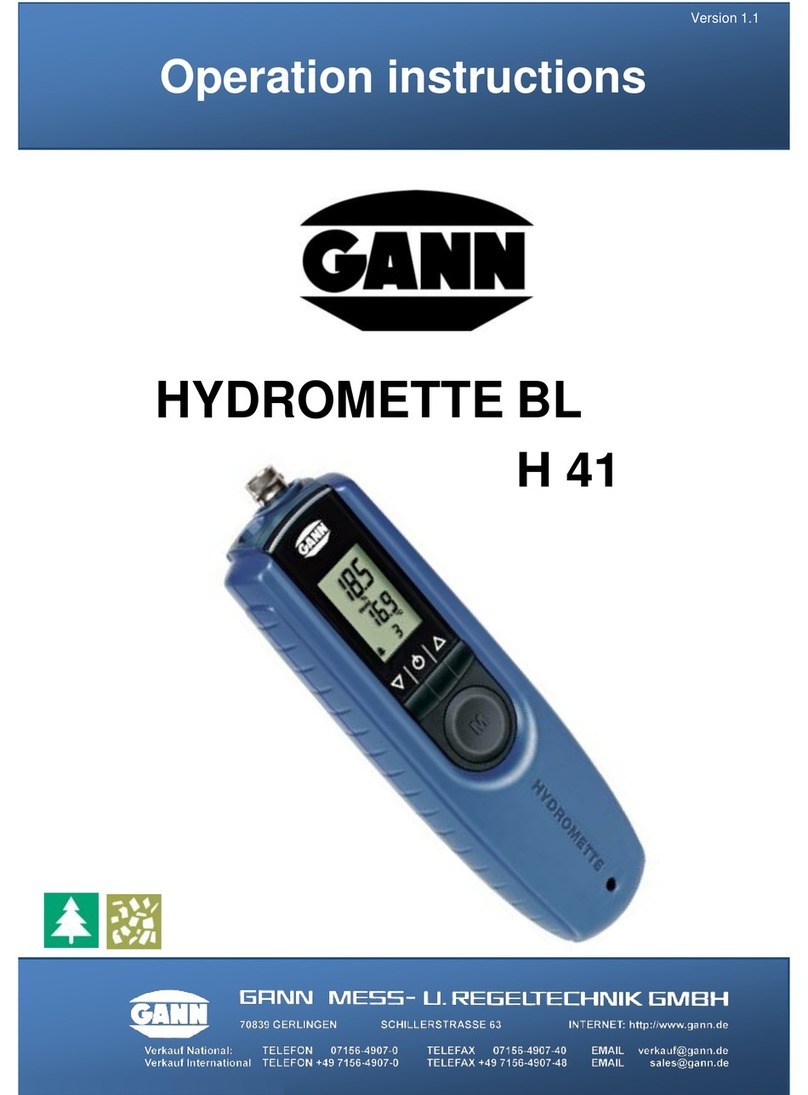
GANN
GANN HYDROMETTE BL H 41 User manual
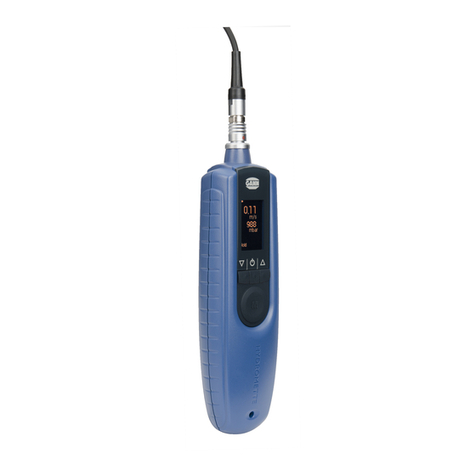
GANN
GANN HYDROMETTE BL LG 17 User manual
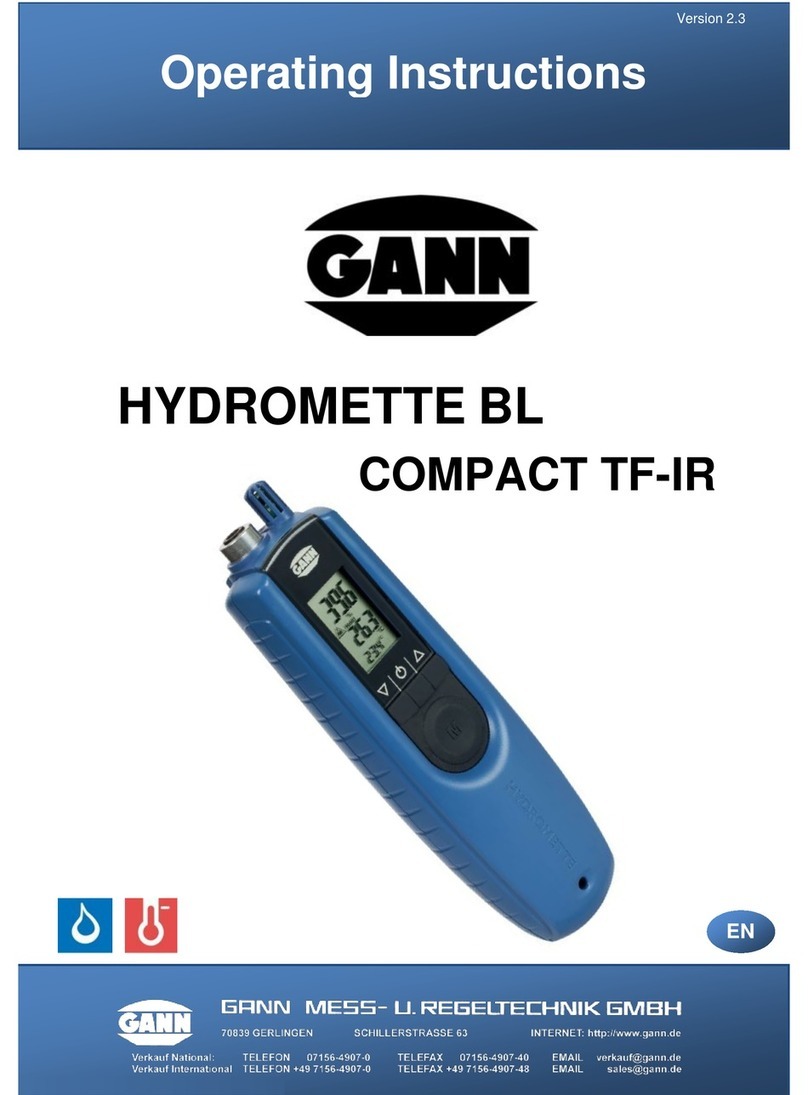
GANN
GANN Hydromette BL Compact TF-IR User manual
Popular Measuring Instrument manuals by other brands

Powerfix Profi
Powerfix Profi 278296 Operation and safety notes

Test Equipment Depot
Test Equipment Depot GVT-427B user manual

Fieldpiece
Fieldpiece ACH Operator's manual

FLYSURFER
FLYSURFER VIRON3 user manual

GMW
GMW TG uni 1 operating manual

Downeaster
Downeaster Wind & Weather Medallion Series instruction manual

Hanna Instruments
Hanna Instruments HI96725C instruction manual

Nokeval
Nokeval KMR260 quick guide

HOKUYO AUTOMATIC
HOKUYO AUTOMATIC UBG-05LN instruction manual

Fluke
Fluke 96000 Series Operator's manual

Test Products International
Test Products International SP565 user manual

General Sleep
General Sleep Zmachine Insight+ DT-200 Service manual

